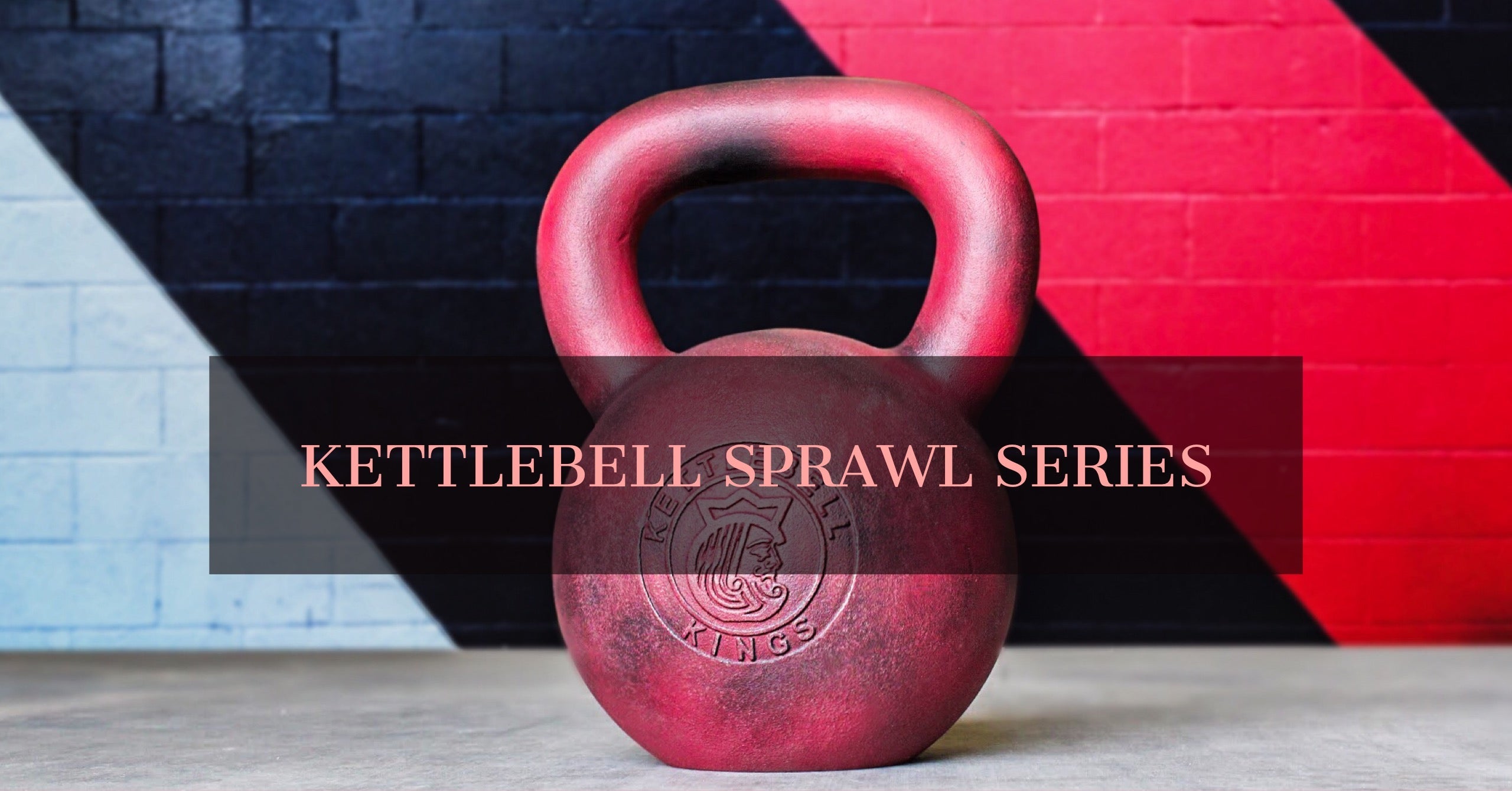Have you ever eaten a meal and within 2 hours after eating you felt hungry or “snacky”?
This is such a common feeling for people who try to restrict calories and/or for those who are just following the wrong diet for their needs. If this sounds like you, let me first tell you - you're definitely not alone. There's a reason why this is happening and it has nothing to do with willpower or discipline.
In this article you'll learn exactly what to include in your meals to help keep you full and satisfied so you can make it until your next meal without wanting a snack.
Why is this important? Because the feeling of constant hunger is a sign that 1) your body is not being nourished with the proper foods and/or 2) there is an underlying cause that needs to be addressed.
Before continuing, it must be said that there are many reasons we choose to eat (that are both physical and emotional). The purpose of this article is to address 1 reason that is completely in your control. After learning the components of a balanced meal, you will be able to nix the mid-meal snacks. This will be very supportive for your metabolic health, digestion and body composition.
A balanced meal should include 3 main components: protein, fat and fiber
protein
- Adequate protein helps keep you full. When you eat protein, there are hormones released from your gut that tell your brain you are satiated. If you skip the protein, you may find yourself hungry within 2 hours after eating.
- Aim to include at least 1 palm size of protein at each meal (eg. 4-6oz of meat or tempeh).
Fat
- Including a portion of anti-inflammatory fats helps keep you satisfied. If you skip the fats, you may find yourself reaching for snacks shortly after a meal to try fill the gap of what your body feels it's missing.
- Aim to include at least 1 thumb size of fat at each meal (e.g. 1 tbsp olive oil or ½ avocado).
fiber
- Fiber adds bulk to a meal and activates stretch receptors in your stomach which will tell your brain you're full. When it comes to carbs, if you skip the fiber, you may find yourself overeating (this is why it's so easy to eat a whole bag of chips without feeling full).
- Aim to include at least 10g fiber at each meal through various whole food carbohydrate sources such as starchy and non-starchy veggies, legumes and berries (seeds such as chia seeds are also a great source of fiber/anti-inflammatory fat).
So what can a meal including these 3 components look like?
Example 1:
Fajita bowl with
Protein: 5oz chicken
Fiber: ½ cup beans, 1 cup cauliflower rice, 1 bell pepper,
Fat: guacamole with ½ avocado
Example 2:
smoothie with
Protein: 5oz tofu or protein powder,
Fiber: ½ cup blueberries, 1 handful spinach, 2 tbsp chia seeds,
Fat: 1 tbsp almond butter
In addition to shutting off your hunger hormones and keeping you satisfied for 4-5 hours after eating, the foods you eat within these 3 components can work together to support many functions in your body such as building/maintaining muscle, joint health, gut health , hormone health, detoxification, and reducing inflammation.
If you find yourself including protein, fat and fiber at each meal yet still feel constantly hungry or snacky, you'll have to look a little deeper. We'll uncover other factors of why this can happen in another article.
For now, your one implementable step should be this meal check-in:
- Do I have 1 palm size full of protein?
- Do I have 1 serving of anti-inflammatory fats?
- Do I have ~10g fiber in the form of whole foods such as veggies, berries and/or seeds?
Until next time!
With Strength, Health & Gratitude,
Julia Shine
Director of Nutrition & Master Coach
Train harder with kettlebells, dumbbells', battle ropes, and more!
Kettlebell Kings has the most highly & frequently reviewed kettlebells in the world. We have free shipping in the US & Canada ( www.kettlebellkings.com ), Europe ( www.kettlebellkings.eu ) and Australia ( www.kettlebellkings.com.au ). Check out our 4,000 reviews for quality and customer service here !









